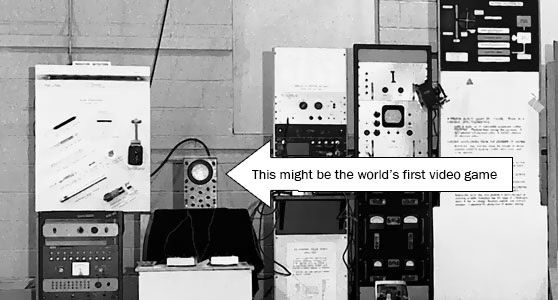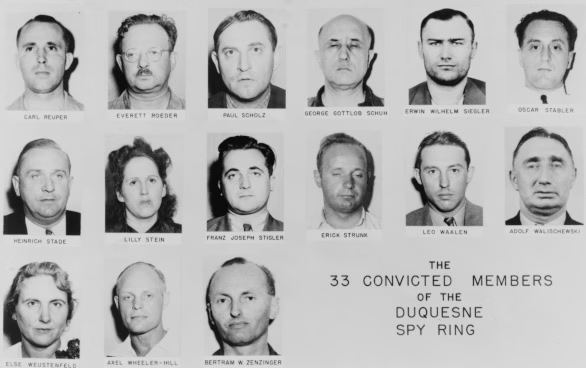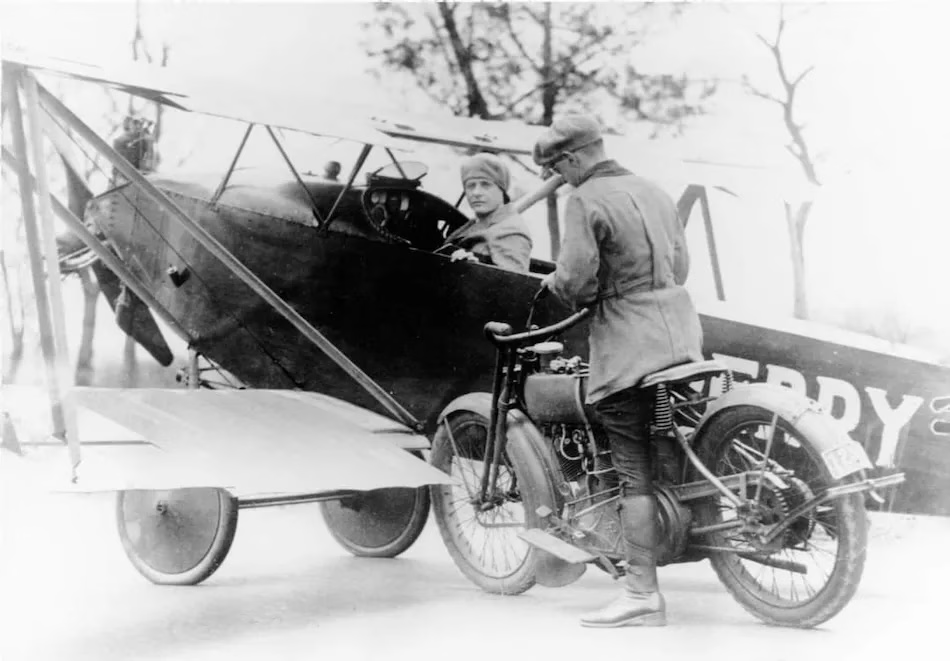Before arcades. Before Nintendo. Before Atari.
Long before kids argued over who got next on the joystick, Long Islanders were already lining up to play video games—in a science lab.
That’s right. In 1958, Brookhaven National Laboratory unveiled something the world had never seen before: a two-player electronic tennis game displayed on an oscilloscope. It was called Tennis for Two, and it arguably launched the entire video game industry.
Here’s a list of wild facts about the game that turned Brookhaven into the most unexpected video game hotspot of the 1950s.
Tennis for Two Was Introduced at Brookhaven Lab in 1958
-
On October 18, 1958, Tennis for Two made its debut at Brookhaven Lab’s annual Visitors’ Day.
-
The game was created by William Higinbotham, head of the Lab’s Instrumentation Division—and yes, he was a nuclear physicist.
-
Two players used hand-held controllers wired to an analog computer, with the game displayed on an oscilloscope screen (basically a glorified lab monitor).
The Game Was Built to Make Science Less Boring
-
Higinbotham noticed most science exhibits were static and dull. He wanted something interactive that showed science could be relevant—and even fun.
-
He got the idea after flipping through the lab’s analog computer manual, which had examples like bullet trajectories and bouncing balls.
-
That bouncing ball? It reminded him of tennis, and boom—Tennis for Two was born.
It Looked Simple, but It Was Pretty Advanced
-
The game showed a two-dimensional, side-view of a tennis court.
-
The “ball” was a glowing dot that bounced back and forth, leaving trails as it moved across the screen.
-
Players used controllers with dials and buttons to serve and volley—controlling the angle and timing like an invisible tennis racquet.
Hundreds of People Lined Up to Play
-
The game was a hit. Visitors to the lab waited in line for a chance to play.
-
It was a novelty, decades before arcades or home consoles were a thing.
-
Higinbotham couldn’t have known it, but he had just helped invent an entire industry. Video games in the U.S. alone brought in $9.5 billion in 2006 and 2007.
The Technology Was Cutting-Edge for Its Time
-
The analog computer used ten operational amplifiers:
-
Four controlled the motion of the ball.
-
Six detected hits and switched the ball’s control between players.
-
-
A fast-switching transistor circuit alternated between displaying the ball, net, and court at 36 Hertz, fast enough to fool the eye into seeing one continuous image.
-
In 1958, the screen was just five inches. In 1959, they upgraded to a bigger 10- to 17-inch screen and even introduced variations like:
-
Low gravity (moon tennis!)
-
High gravity (Jupiter tennis!)
-
Higinbotham Was the Right Guy for the Job
-
In college, he already had experience building oscilloscope-based visual systems.
-
During World War II, he worked at MIT’s Radiation Lab designing radar displays for airborne systems.
-
His experience with operational amplifiers and CRTs made him uniquely suited to dream up this kind of tech.
-
According to a colleague, his circuit designs were “so beautiful, so simple”—a compliment only an electrical engineer could love.
It Was Built Fast and Cheap
-
Higinbotham sketched the basic design in two hours.
-
Lab tech Bob Dvorak built the hardware in about three weeks, and the two debugged it over a couple of days.
-
No outside parts were ordered—it was all made using components they had lying around the lab.
-
Blueprints dated 1958 still exist.
Was It the First Video Game Ever?
It depends on how you define “video game.”
Earlier inventions included:
-
1948: The “Cathode-Ray Tube Amusement Device” by Goldsmith and Mann, which required players to physically overlay pictures of targets onto the screen.
-
1951: The Nimrod computer, built to show off computing power using the strategy game Nim. It used static lights, not a moving image.
-
1952: OXO (a version of tic-tac-toe), developed at Cambridge for human-computer interaction studies—not for fun.
None of these used moving visuals on a CRT display the way Tennis for Two did.
There’s some debate because an oscilloscope doesn’t technically display a “video signal” (which uses a raster of pixels), but Tennis for Two clearly displayed motion, interaction, and fun. That sounds like a video game to us.
It Even Got Pulled into a Legal Battle
-
In the 1970s, Tennis for Two became part of a court case involving the Magnavox video game patent.
-
Higinbotham gave a deposition and provided schematics as evidence that interactive screen-based games predated the Magnavox system.
Higinbotham Never Made a Dime From It
-
He didn’t patent the game because it didn’t seem novel to him—it was just an extension of known tech.
-
Even if he had, the patent would have belonged to the U.S. government anyway.
-
He later said he preferred to be remembered for his work on radar and nuclear nonproliferation, not for a video game.
-
But he also acknowledged that Tennis for Two might’ve been his most famous achievement—whether he liked it or not.
Final Serve
Tennis for Two might not have had coins to drop, power-ups to grab, or enemies to defeat—but it was the first time people used electronic controllers to hit something back and forth on a screen, for no other reason than to have fun.
And it all started right here on Long Island, at Brookhaven Lab.
Not bad for a game that fit on a five-inch screen and used parts from the basement.




